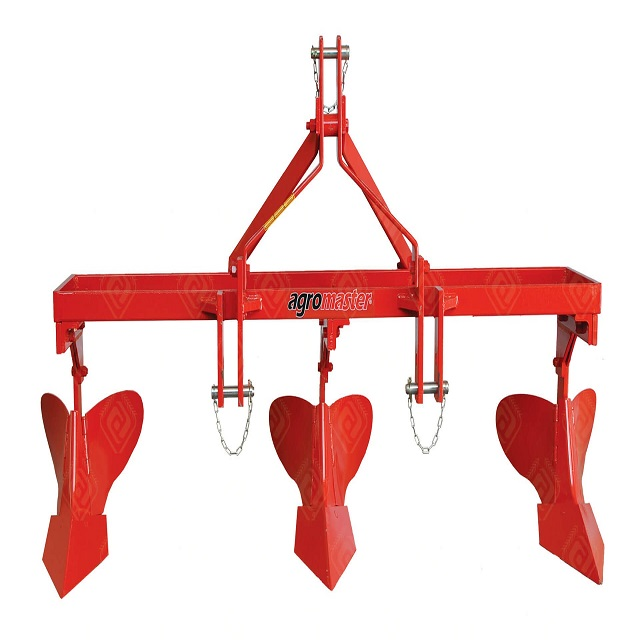
The principle of lever balance is fundamental in physics and engineering. Let’s delve into its core concepts:
Equilibrium of Forces:
Lever Basics:
Types of Levers:
Principles for Balance:
No review given yet!
 Free shipping on all orders over UGX 1 Millon
Free shipping on all orders over UGX 1 Millon
 Safe & Secure Online Payment Solutions or cash on Delivery
Safe & Secure Online Payment Solutions or cash on Delivery
 7 Days Return Policy
7 Days Return Policy
 Authentic Products with MONEY BACK GUARANTEE 100% money back guarantee
Authentic Products with MONEY BACK GUARANTEE 100% money back guarantee




